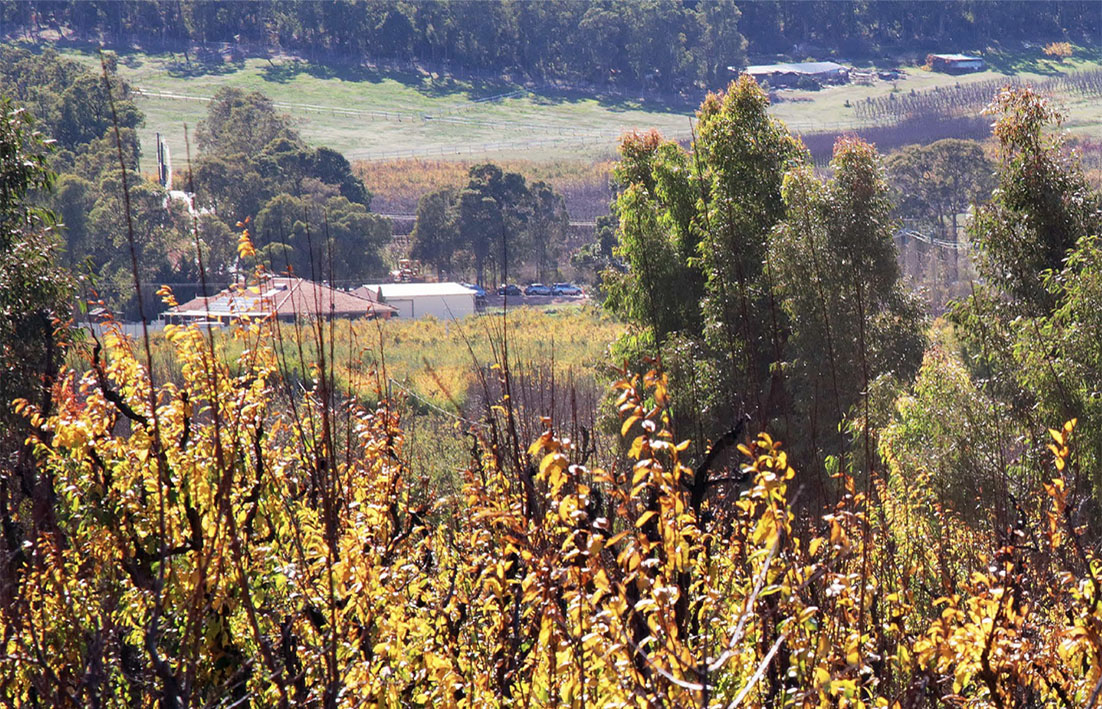
AFTER years of work a proposal to rezone about 17ha of Pickering Brook land from rural to urban has stalled leading to questions being asked in state Parliament.
On October 24 Wheatbelt MLA and Bullwinkel candidate Mia Davies raised a grievance on the issue with Planning Minister John Carey responding.
Ms Davies said a lot of work had been done on the proposal from community consultation, discussions with landowners and other community stakeholders and a survey eventually resulting in a sustainability and tourism strategy, which was submitted to a taskforce for consideration.
She said the project taskforce included the then transport and planning minister, the then regional development minister, the then deputy premier and the then Western Australian Planning Commission (WAPC) chair.
The project working group was chaired by Kalamunda MLA Matthew Hughes and included representatives from the Department of Fire and the City of Kalamunda.
“No fewer than 11 documents on the website have been published as a result of the work done by the working group to inform the decisions of the taskforce,’’ she said.
“That includes soil surveys, land assessments, bushfire management plans and risk assessments, a tourism gap analysis for the area and transport scenario planning.’’
Hansard records that Mr Hughes made a statement about the sustainability and tourism strategy on September 26, 2019 saying it was a state government initiative to facilitate sustainable tourism growth within the Perth Hills and in particular to undertake a sustainability assessment of the Pickering Brook town site.
“Tourism development initiatives, including the potential growth of agritourism and the potential expansion of the Pickering Brook town site, are being investigated as part of developing the strategy,’’ Mr Hughes said.
“I am pleased to chair the working group that will report to the ministerial task force with a set of strategic recommendations once the study is concluded during the course of 2020.
“Over 70 separate interviews were conducted as part of (the) initial community consultation process.’’
The state government Pickering Brook and surrounds sustainability and tourism strategy page said a report by the project working group on the potential sustainable expansion of the Pickering Brook townsite was endorsed by the project taskforce.
“The key recommendation is that the townsite can support modest expansion of about 14ha, to protect its rural amenity,’’ the page said.
“The report recommends that the City of Kalamunda prepare and submit a metropolitan region scheme (MRS) amendment request, so that the WAPC may consider rezoning the supported land area from rural to urban.’’
In her grievance Ms Davies said the community’s patience had run out and they wanted to know what the government’s intention was for the future of Pickering Brook and surrounds.
Planning Minister John Carey said the metropolitan region scheme amendment process was done under the authority of the WAPC and that the government’s planning reforms had strengthened the independence of the WAPC.
“We have seen that in other matters within the electorate of Bullwinkel, including the Stoneville proposal, which was rejected by the WAPC,” he said.
“I say, respectfully, that we must respect the independence of the WAPC and the MRS amendment process, not just when it suits us politically.
“On one issue like the Stoneville plan, which people were against, they are very happy to say that the WAPC has done the right thing, and then on another issue, they tell the WAPC to hurry up and get this land urbanised.
“I understand that the Department of Fire and Emergency Services (DFES) has raised some not insignificant concerns with the proposal regarding bushfire risk mitigation.
“If we think back to the Stoneville proposal, a key concern and consideration was bushfire risk.
“We should not underestimate or devalue the expertise of DFES.
“Given the location in the densely vegetated Perth hills, we are talking about a significant bushfire risk.’’
He also said there were key water supply issues as the amendment was located within a priority 2 public drinking water source area.